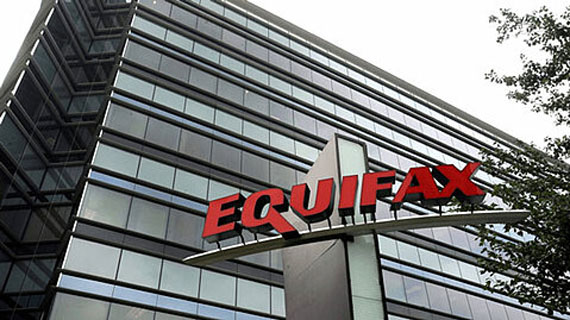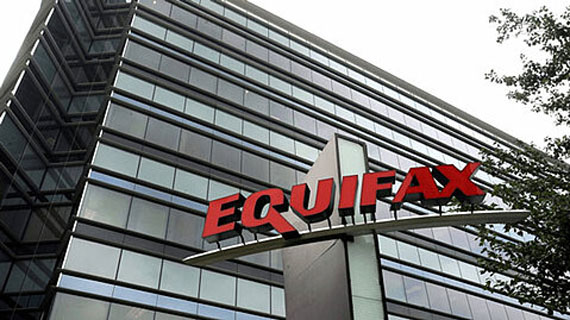How You Can Protect Yourself From the Equifax Data Breach
Posted: September 14, 2017 | Author: Mark Walton | Read Time: 3 minutes
 The credit reporting/monitoring company, Equifax, suffered a massive data breach. The breach occurred sometime between May and July of 2017, but the public is just now being notified of the breach.
The credit reporting/monitoring company, Equifax, suffered a massive data breach. The breach occurred sometime between May and July of 2017, but the public is just now being notified of the breach.
This particular breach is very problematic and concerning as Equifax is one of the big three credit reporting agencies, and as such, has sensitive information on a significant percentage of the U.S. population. The breach affected approximately 143 million U.S. consumers, and included information such as names, Social Security numbers, birth dates, addresses, and in some cases, driver's license numbers.
It is likely that you have been affected by the breach. So what can you do?
- First, go to a special website sponsored by Equifax to see if you are impacted by the breach. Equifax appears to be providing a year of credit monitoring and identity theft protection for all U.S consumers, and not just for those impacted by the breach. It is provided by Equifax itself, so take it for what it's worth. If you're really concerned, you may want to contract with a different provider. Some of you will notice that the website listed seems a little odd as it isn't part of the Equifax domain. Normally, an official Equifax site would contain "equifax.com", but this site is "equifaxsecurity2017.com." Even though the domain name is a little odd, it is the official site for this breach.
Incident website: www.equifaxsecurity2017.com
- Check all of the members of your household, including minor children, to see who may have been affected.
- Everyone is entitled to a free credit report each year. Review all your accounts and credit reports to check for incidents of fraud. Make sure you go to the official free credit report site. There are a number of commercial sites that will try to enroll you for services you are not intending.
Official free credit report site: https://www.annualcreditreport.com/
- You can put a fraud alert on your credit reports. This means that a lender must contact you before it issues credit in your name to verify your identity. You only have to do this with one of the credit agencies as they are required to notify the other two. The alert is only good for 90 days, after which it must be renewed.
- You might want to create an account with the Social Security Administration (https://www.ssa.gov), if you haven't already done so. This will prevent someone else from fraudulently opening an account with your stolen information.
- Finally, consider putting a freeze on your credit reports. With an account freeze, a lender can't pull your credit, and therefore won't extend credit. If you then want to obtain credit yourself, you'll have to unfreeze your account long enough for your lender to pull the report, after which you'll want to freeze it again. There is a $10 fee associated with freezing and unfreezing, and you'll have to do it with all three companies, as different lenders utilize different credit reporting agencies. Visit the FTC website for more information. If you're going to enroll with the Social Security Administration, you'll want to do that first, as the SSA uses credit information to verify your identity. If you place a credit freeze, the SSA will not be able to verify your identity.
Equifax Security Freeze: https://www.equifax.com/personal/education/identity-theft/
TransUnion Security Freeze: https://www.transunion.com/credit-freeze
Experian Security Freeze: https://www.experian.com/freeze/center.html
For more information, contact SUU's Information Technology department.
This article was published more than 3 years ago and might contain outdated information or broken links. As a result, its accuracy cannot be guaranteed.


